Search
Remove Ads
Advertisement
Summary 
Loading AI-generated summary based on World History Encyclopedia articles ...
Search Results

Definition
Kassite
It is thought that the Kassites originated as tribal groups in the Zagros Mountains to the north-east of Babylonia. Their leaders came to power in Babylon following the collapse of the ruling dynasty of the Old Babylonian Period in 1595 BC...
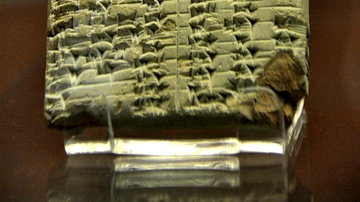
Image
Kassite-Akkadian Lexical Clay Tablet
Vocabulary giving the Akkadian equivalents of 48 Kassite words of the type found in personal names. The Kassite words are listed on the left of each column with their Babylonian equivalent to the right. 1200-800 BCE. From Babylon, Mesopotamia...
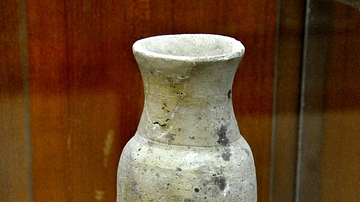
Image
A Kassite Style Jar
This pottery jar has spindle-shaped Kassite-style contours and was found within the Kassite layers at the city of Ur. Kassite period, 1531-1155 BCE, Mesopotamia, Iraq. (The Sulaimaniya Museum, Iraq).
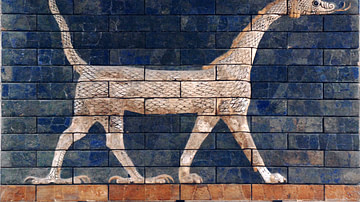
Definition
Marduk
Marduk was the patron god of Babylon who presided over justice, compassion, healing, regeneration, magic, and fairness, although he is also sometimes referenced as a storm god and agricultural deity. His temple, the famous ziggurat described...

Definition
Mesopotamian Literature
Ancient Mesopotamian literature developed c. 2600 BCE after scribes, who had formerly been record keepers, began composing original works in the region of Sumer. The Sumerians invented writing c. 3500 BCE, refined the script c. 3200 BCE...
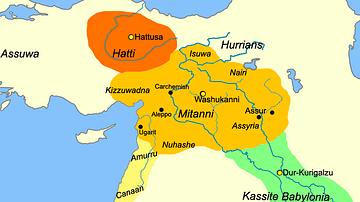
Image
Map of Mesopotamia, c. 1400 BCE
This is a map of Mesopotamia showing the dominant kingdoms of Egypt, Mitanni, Hatti, and Kassite Babylonia.

Image
Amarna Letter from Burna-Buriash II to Amenhotep III
This is one of the Amarna letters. In this clay tablet, the Kassite king Burna-Buriash II (in Babylon, Mesopotamia) corresponds with the Egyptian pharaoh Amenhotep III, asking him to send more gold. Most of the Amarna letters were written...
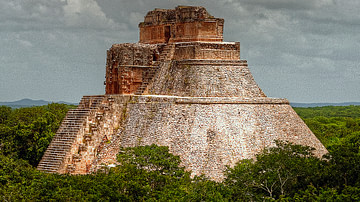
Collection
Changing Worlds: Climate & Disaster in Antiquity
Although climate change has today become a much bigger and more globalized problem than in the past, ancient peoples did have to contend with local events that severely disrupted or even ended their way of life as they knew it. A long series...
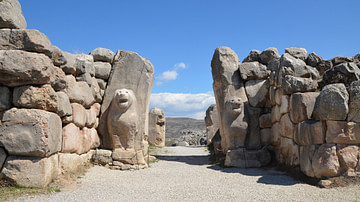
Interview
Interview: The Mysterious Bronze Age Collapse with Eric Cline
The decline of the Late Bronze Age civilizations of the Mediterranean and Near East has puzzled historians and archaeologists for centuries. While many have ascribed the collapse of several civilizations to the enigmatic Sea Peoples, Professor...
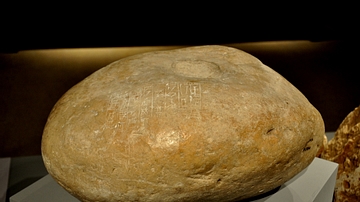
Image
A door socket from Dur-Karikalzu
The cuneiform inscriptions on this door socket mention the name of the Kassite king Kurikalzu. Kassite era, 1595-1157 BCE. From Dur-Kurikalzu (modern Agarguf, southwest of Baghdad). (The Sulaimaniya Museum, Iraq). (A door socket is the stone...